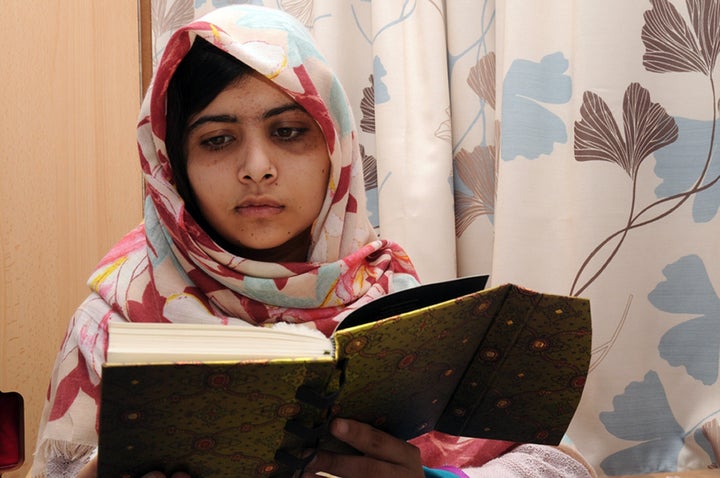
The story of Malala Yousufzai, the 15-year-old Pakistani girl shot by the Taliban earlier this month for advocating female education, was a shocking reminder of how much still needs to be done to equalize opportunities for men and women. The World Economic Forum's latest Global Gender Gap Report 2012 attempts to quantify the progress that has been made across 135 countries, and in particular where more needs to be done. It combines data on health, education, economic participation and political empowerment, with the hope of painting a comprehensive picture of where gender gaps are widening and narrowing. What does it tell us? For one thing, globally about 93 percent of the gap in education between men and women has been closed. In other words, looking at metrics such as literacy rates and the ratio of girls and boys in school and college, women lag men by 7 percent. It sounds like much has been achieved and it has, although Malala's story vividly demonstrates how meaningful such a small-sounding gap can be.
The data also show where most progress remains to be made: only around 60 percent of the gap in economic participation has been closed, and even less -- 20 percent -- of the gap in political empowerment. However, global figures disguise wide disparities among countries. It is sadly no surprise that Pakistan -- Malala's homeland, and my own -- comes in low on the rankings, having closed only 55 percent of its gender gap when combining data from the four fields into a single figure. This puts it in 134th position, ahead only of Yemen.
At the top, Iceland has closed over 86 percent of its gap, with Finland, Norway and Sweden the only other three countries to top 80 percent. But this is not a simple story of wealthy countries doing the most for women. The report's methodology accounts for a country's levels of resources and opportunities, and looks at how equitably it shares those opportunities. As a result, some high-ranking countries are not the ones you might expect. The Philippines and Nicaragua both make the top 10. Lesotho, Latvia and South Africa feature in the top 20. Kazakhstan comes in at 31, between Bolivia and Argentina. All have markedly smaller gender gaps than the likes of France (57th), Italy (80th) and Japan (101st). National wealth is clearly not a prerequisite for narrowing the gender gap. Indeed, the data show convincingly that the reverse is the case: narrowing the gender gap is one of the smartest things a country can do to make itself more prosperous.
Six of the 10 most economically competitive countries in the world -- according to the Global Competitiveness Index, another World Economic Forum initiative -- are also among the top 20 countries with the smallest gender gaps. Across the board, the correlation is strong. Gender gaps undermine the growth, stability and competitiveness of entire economies.
The reason is hardly mysterious. Women make up one-half of any nation's human capital, and when half of the population faces obstacles to achieving their full potential, there is an immense waste of talent and subsequent losses in competitiveness. Our seven years of data show that the direction of change is positive, but its pace is slow. Despite the challenging economic times, 64 percent of countries narrowed their economic gender gap last year, including three of the world's biggest four economies. Across all indicators, the gender gap has narrowed over the last seven years in 85 percent of countries we have tracked. Only six of those countries have improved their overall score by more than 10 percent, however, with most improving by less than 5 percent. And the global educational gender gap remains stubbornly difficult to close, having narrowed by barely one percentage point in seven years. The anger with which many people in Pakistan and now around the world have reacted to Malala's shooting shows how widely and fervently further progress is desired. Encouragingly, the data show how quickly it can happen, even in the most unexpected places -- among the highest movers are countries such as Saudi Arabia and the United Arab Emirates. We hope the Global Gender Gap Report 2012 will help to spread understanding of why gender gaps must be narrowed, and how it can be done.
The World Economic Forum Summit on the Global Agenda takes place November 12-14 in Dubai, United Arab Emirates.